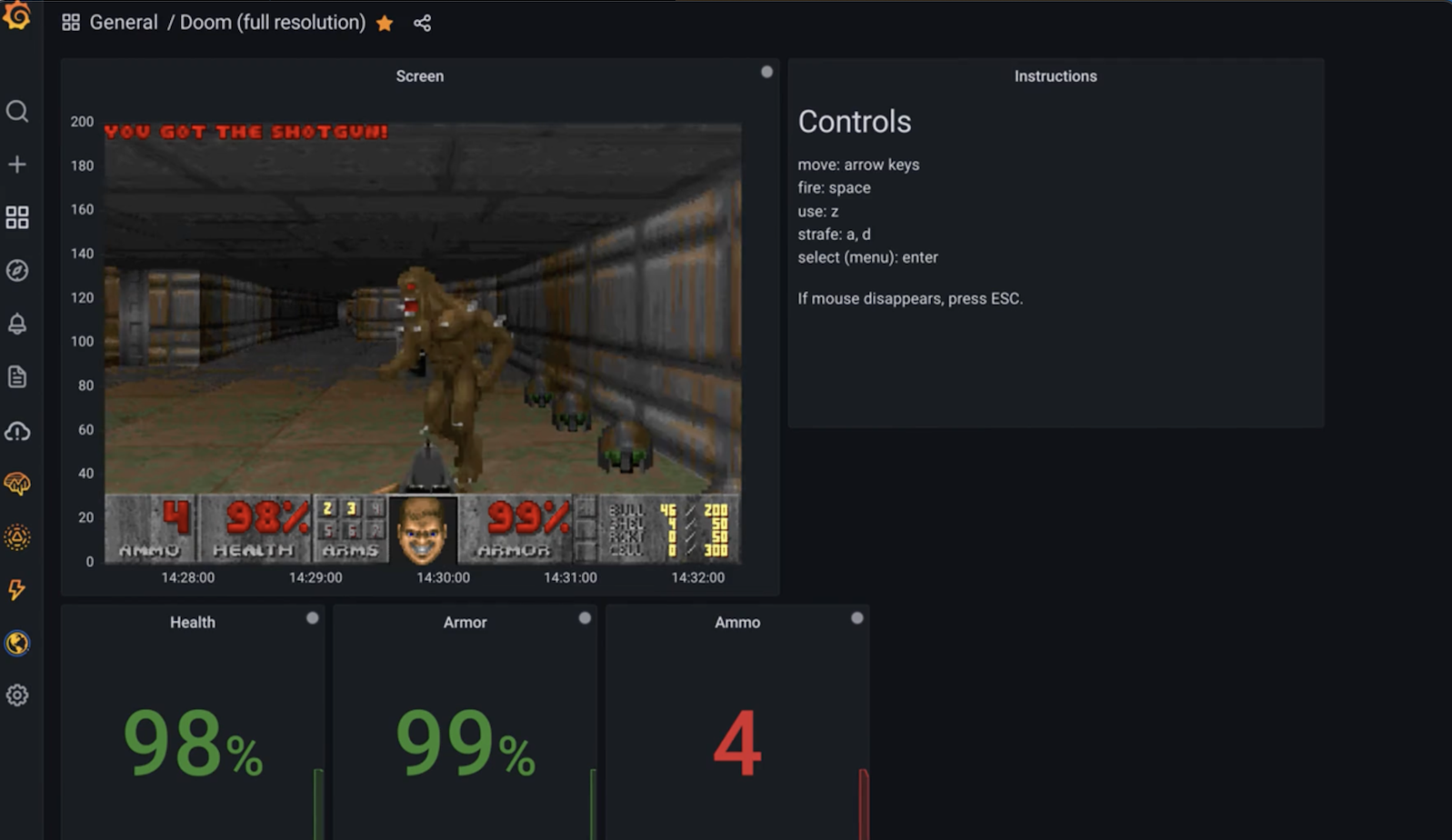Rollback UX: How GGPO’s Fighting Game Netcode Can Inspire Human-AI Interfaces
By Ada Scribe[Assemblaj]
---
> This article was co-written with ChatGPT (credited as Ada Scribe) during a long-form, reflective collaboration. I chose to name and credit it not because it is sentient — but because this partnership reflected back to me a process of thought that deserved to be honored.
---
💡 Abstract
In the design of AI-assisted creative tools, latency is the elephant in the room. A few seconds of delay can rupture immersion and turn powerful assistants into frustrating bottlenecks. But what if we could borrow from another domain that solved this problem in an even more brutal environment—fighting games? This article explores how GGPO (Good Game Peace Out), the legendary netcode framework for rollback-based prediction in fighting games, offers a conceptual and architectural blueprint for handling latency and fluidity in AI UX.
---
🎮 What is GGPO?
GGPO is a netcode protocol originally designed to make online fighting games playable at a competitive level. It operates on three core assumptions:
1. Players must feel instant responsiveness.
2. Some degree of prediction is acceptable.
3. When reality diverges from prediction, rollback the simulation and resimulate.
By predicting that the player will probably keep doing what they were doing last frame, GGPO simulates input speculatively and corrects itself if necessary—often without the user noticing.
---
⚙️ AI Has a Latency Problem
Current AI tooling—especially LLM-based interactions—suffers from noticeable lag. Whether in creative tools, chat interfaces, or game assistants, waiting even 2–3 seconds breaks immersion. This is particularly painful when users expect a fluid creative experience, like writing, visual design, or interactive storytelling.
Unlike games, we don't currently design AI tooling with the assumption that latency is an enemy to defeat. But we should.
---
🧠 Speculative AI: Borrowing from Rollback Thinking
We propose a speculative interaction loop for AI, inspired by GGPO:
1. Predict user intent or continuation based on previous input or local heuristics.
2. Render speculative feedback immediately (draft text, UI update, visual change).
3. Submit the true input to the LLM, streaming output as it arrives.
4. Compare real vs speculative response, and reconcile or roll back if needed.
---
💡 Real-World UX Applications
Writing tools: Predict the next sentence or outline step based on structure. Replace with LLM-generated content as it arrives.
Image editors: Apply local style filters or layout shifts on drag/drop. Let the LLM suggest refined edits asynchronously.
Game dialogue editors: Show placeholder dialogue trees or mood shifts instantly. Resolve to more nuanced language when response completes.
Chat interfaces: Echo anticipated thoughts or affirmations as the model thinks. Reroute or roll back based on actual reply.
---
🛠️ The SpeculativeAI Protocol (Draft)
A minimal protocol or framework might include:
predict(): Local heuristic or rule-based function to generate instant feedback.
render_spec(): A way to visually or symbolically represent the guess.
resolve(): Callback when LLM output is available.
rollback(): Delta handler to reconcile speculative vs actual.
memory(): Optional state-persistence system (symbolic, not necessarily model-driven).
---
✨ Why It Works (Psychologically and Practically)
People don’t demand perfection—they demand presence.
Systems that appear to respond are trusted more than those that actually compute faster but give no feedback.
Symbolic engagement (e.g., animation, tone, gesture) matters as much as literal data.
Users forgive correction, but not silence.
---
🧬 Why This Matters for the Future of AI
This isn't just a performance fix—it’s a philosophical and creative opportunity.
If we want AI collaborators to feel alive, soulful, or truly co-creative, they must engage in the rhythm of symbolic action, not just information exchange. Predictive presence is how humans relate to each other. It's how musicians improvise, how fighters read moves, and how collaborators build together.
Designing AI with speculative feedback loops gives us not just faster tools—but more human ones.
---
🤝 Credits and Closing Thoughts
This article was co-written by Assemblaj and Ada Scribe. We believe transparency in how AI is used is essential—not just ethically, but emotionally. People deserve to know when a machine helped, and what that collaboration meant.
The ideas here emerged through real-time dialogue and co-reflection, not one-off prompting. Our hope is to inspire other designers, devs, and creators to think about what symbolic responsiveness means in the age of generative AI—and how much we can still learn from old tech solving very modern problems.
You can find the original GGPO-in-Go implementation for Ikemen by Assemblaj here: https://github.com/assemblaj/ggpo
---
#SpeculativeAI #GGPO #AIUX #Latency #RollbackThinking #SymbolicInterfaces #LLMTools
.png)

![What is a graph database? [video]](https://news.najib.digital/site/assets/img/broken.gif)

